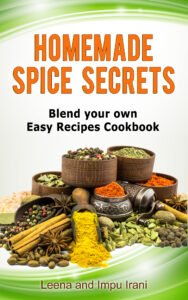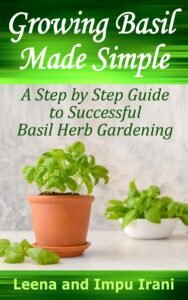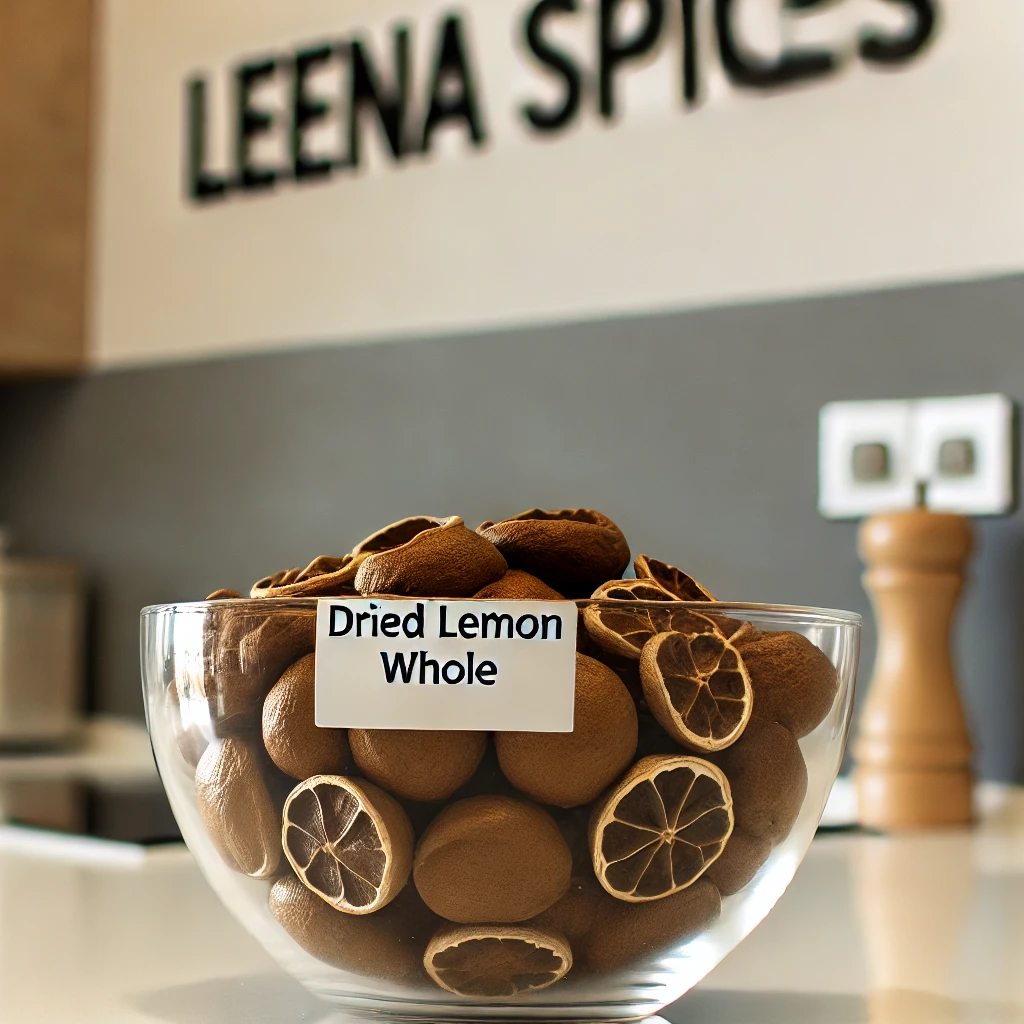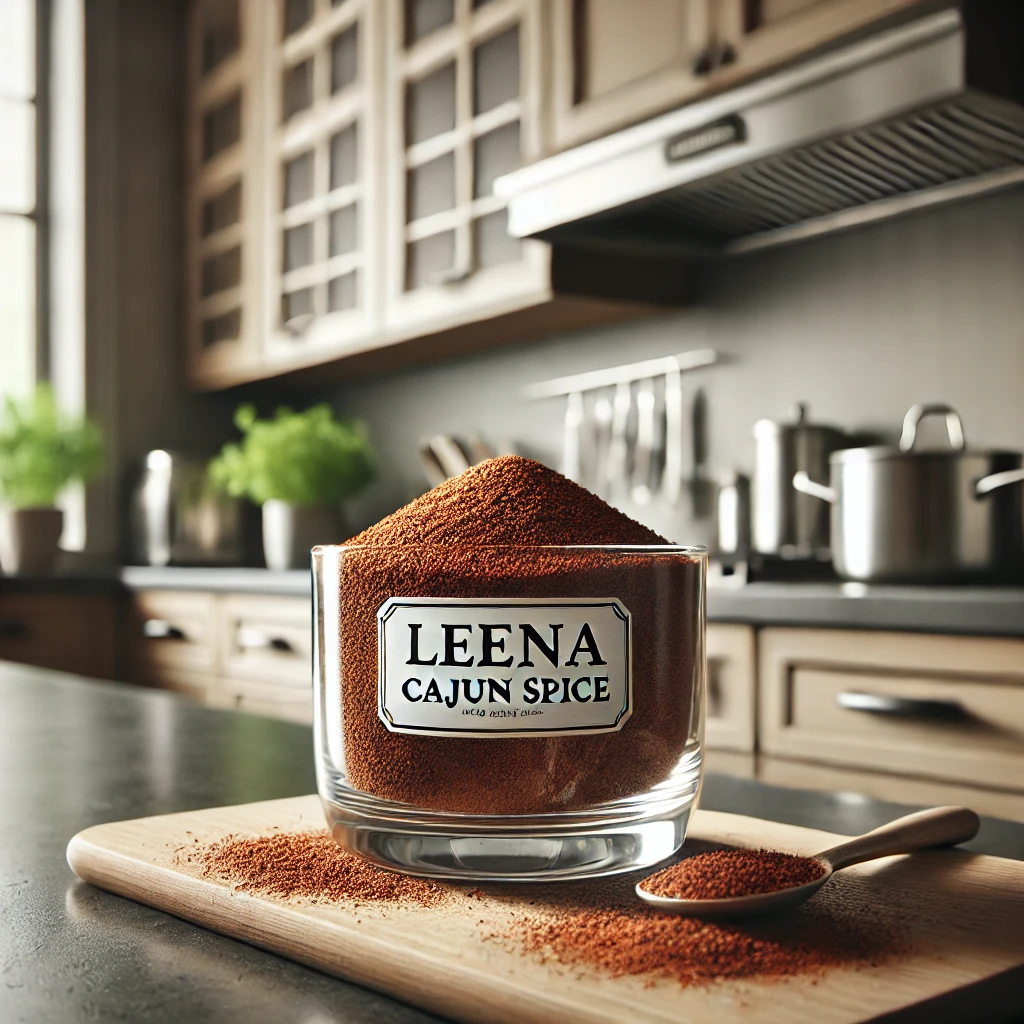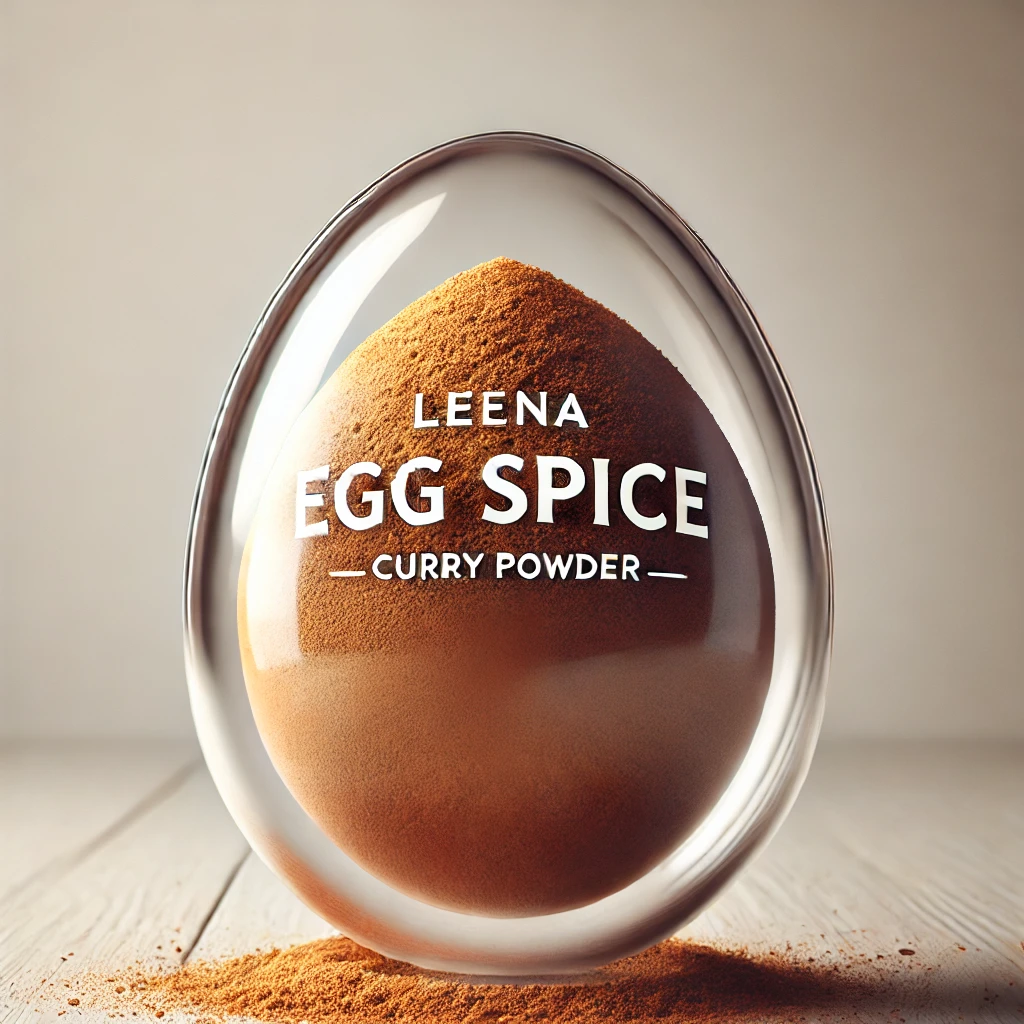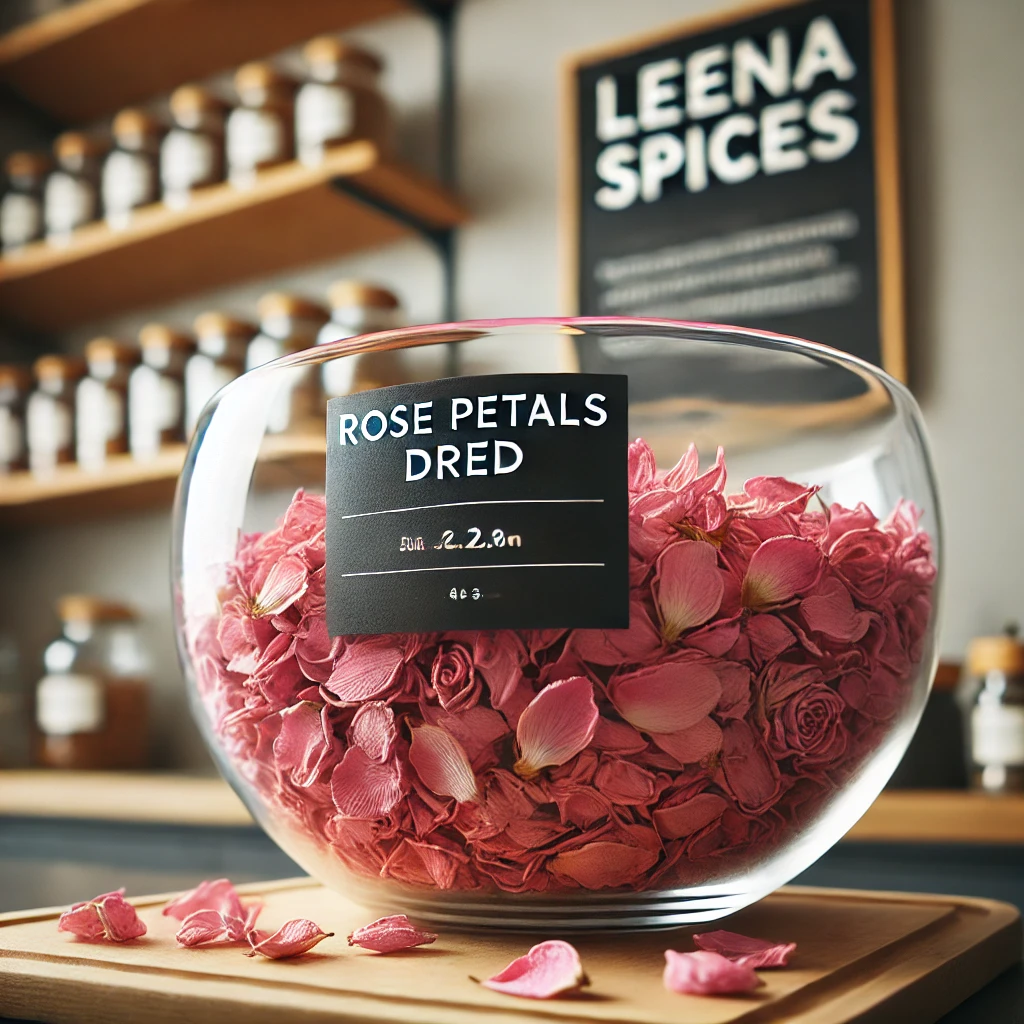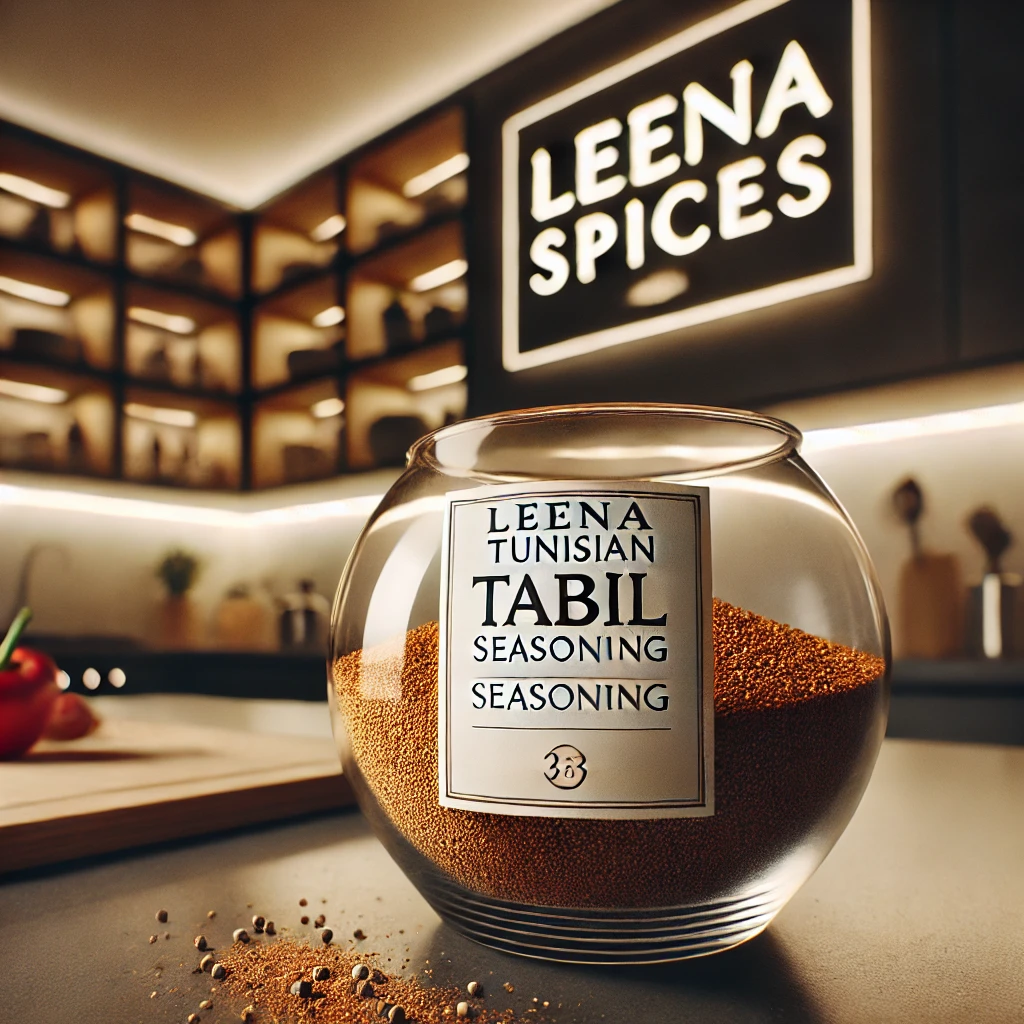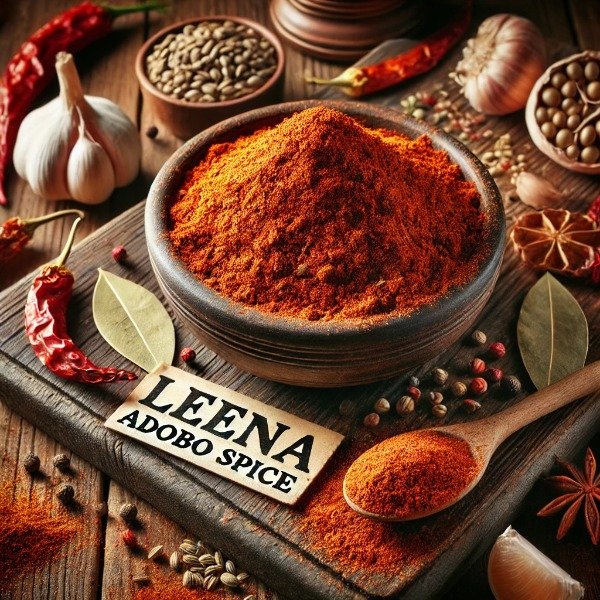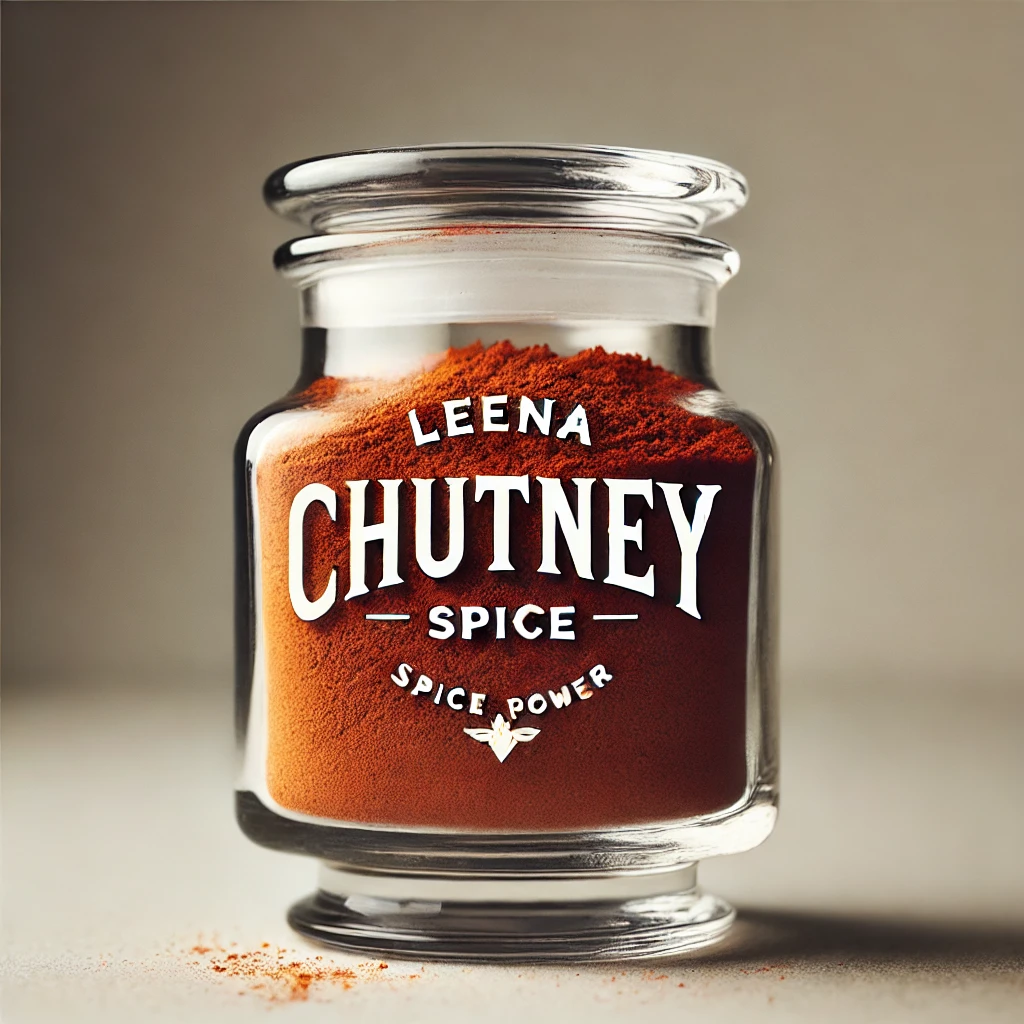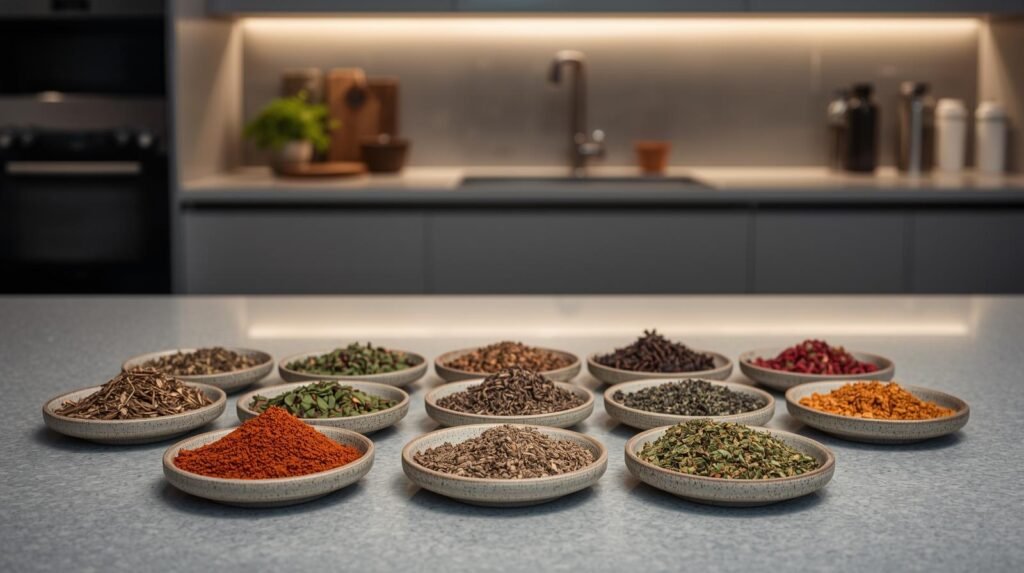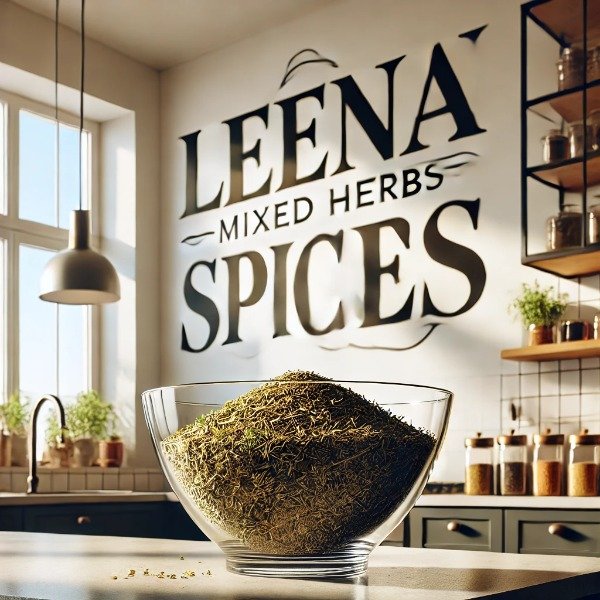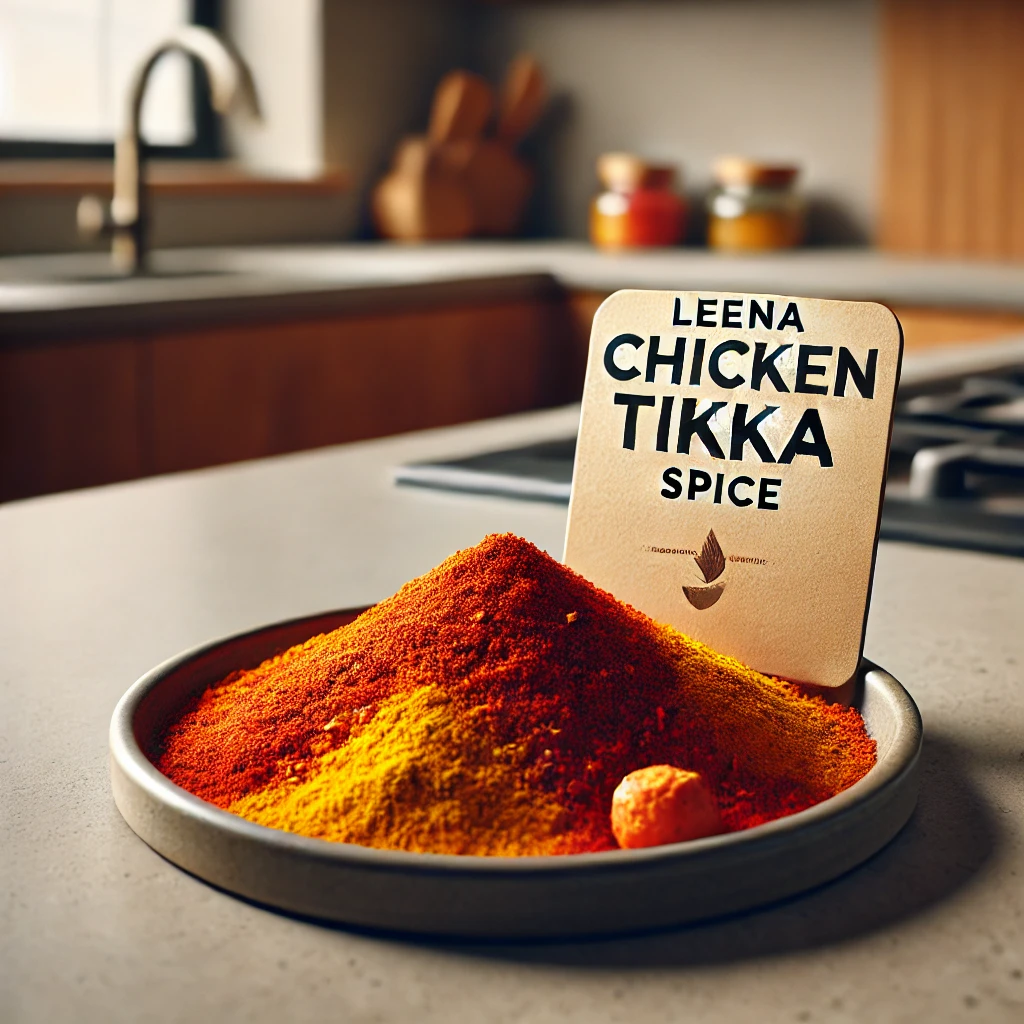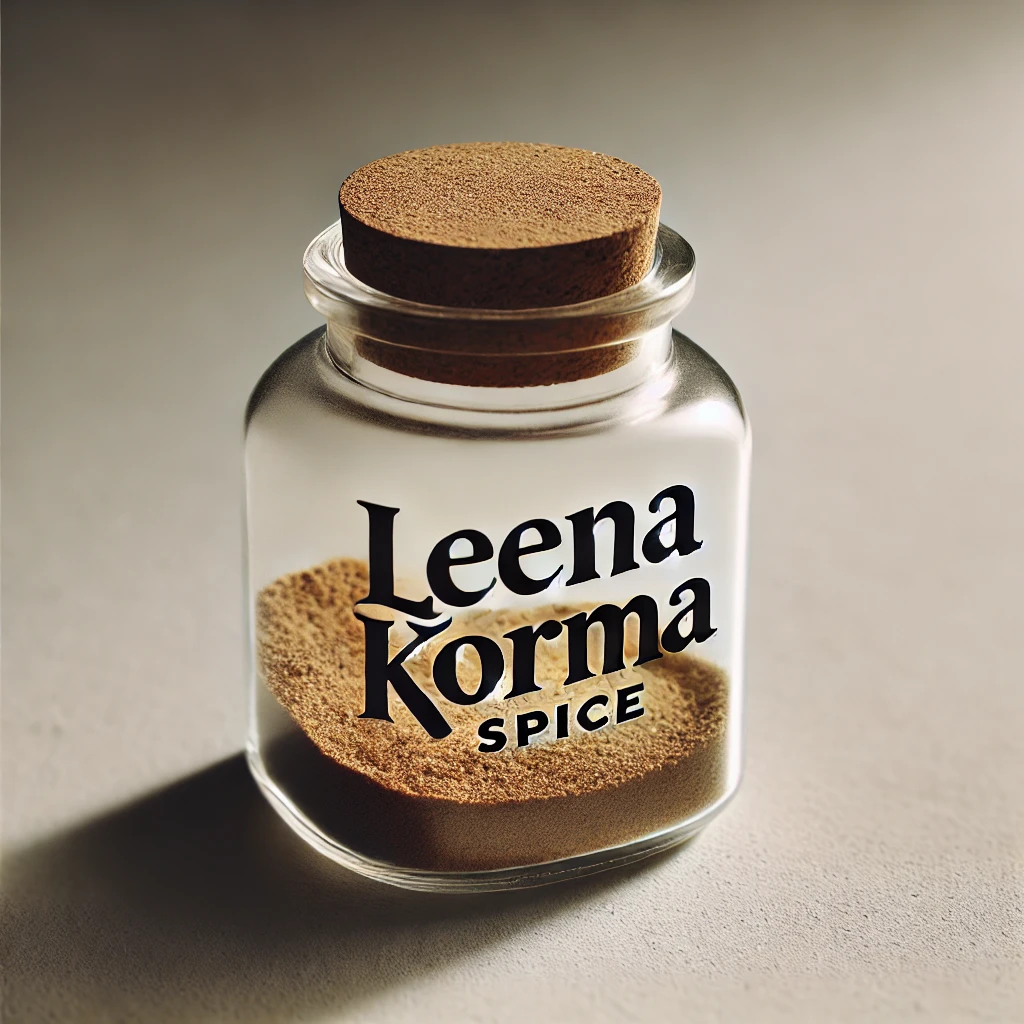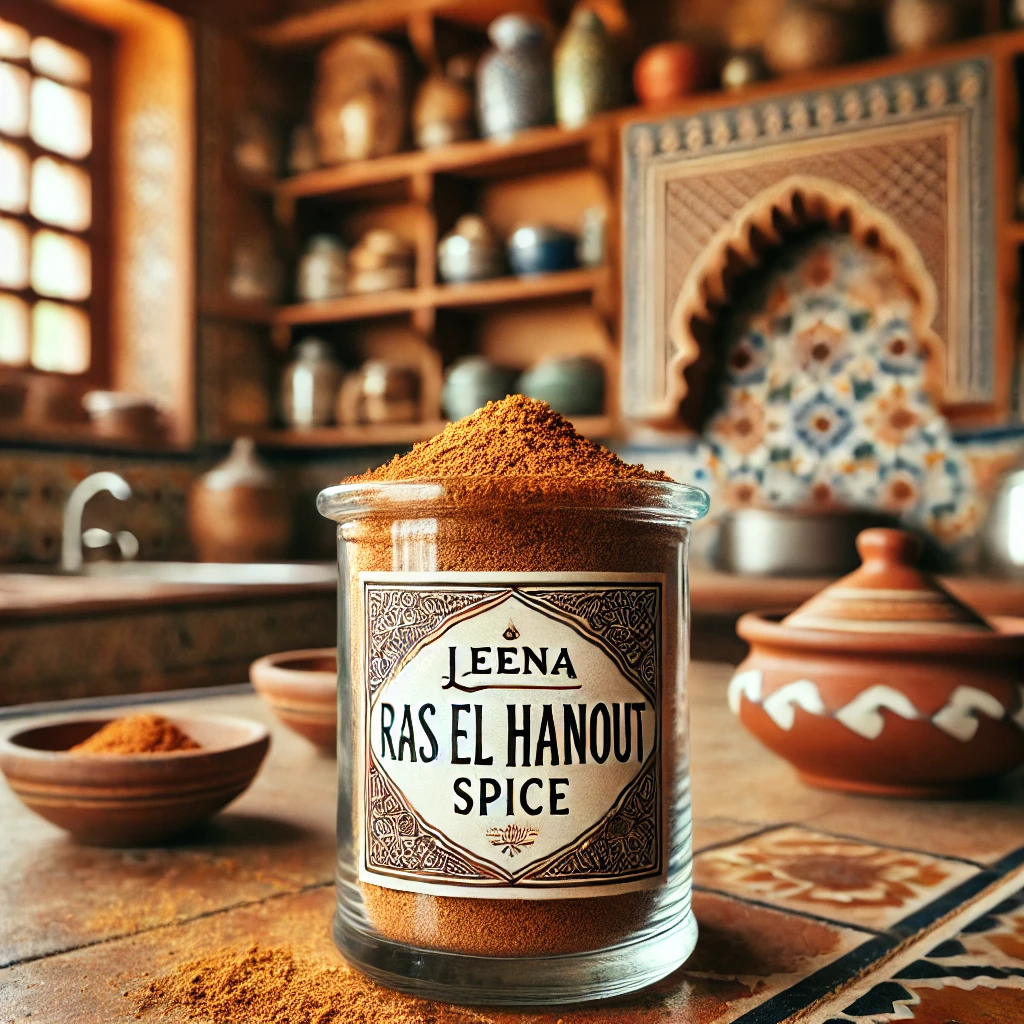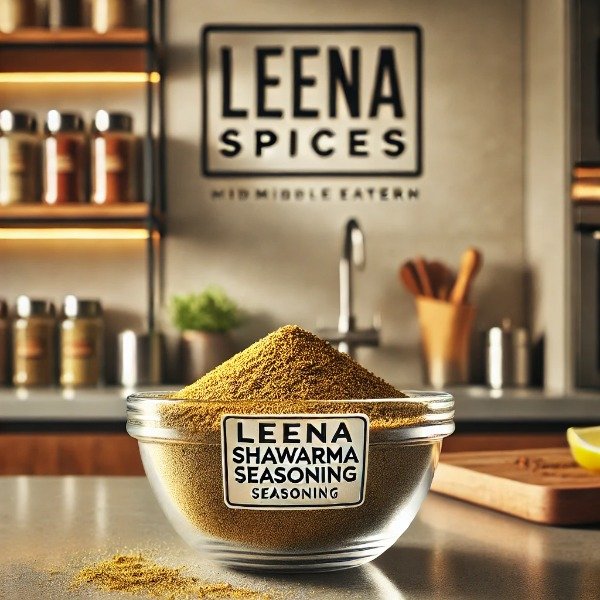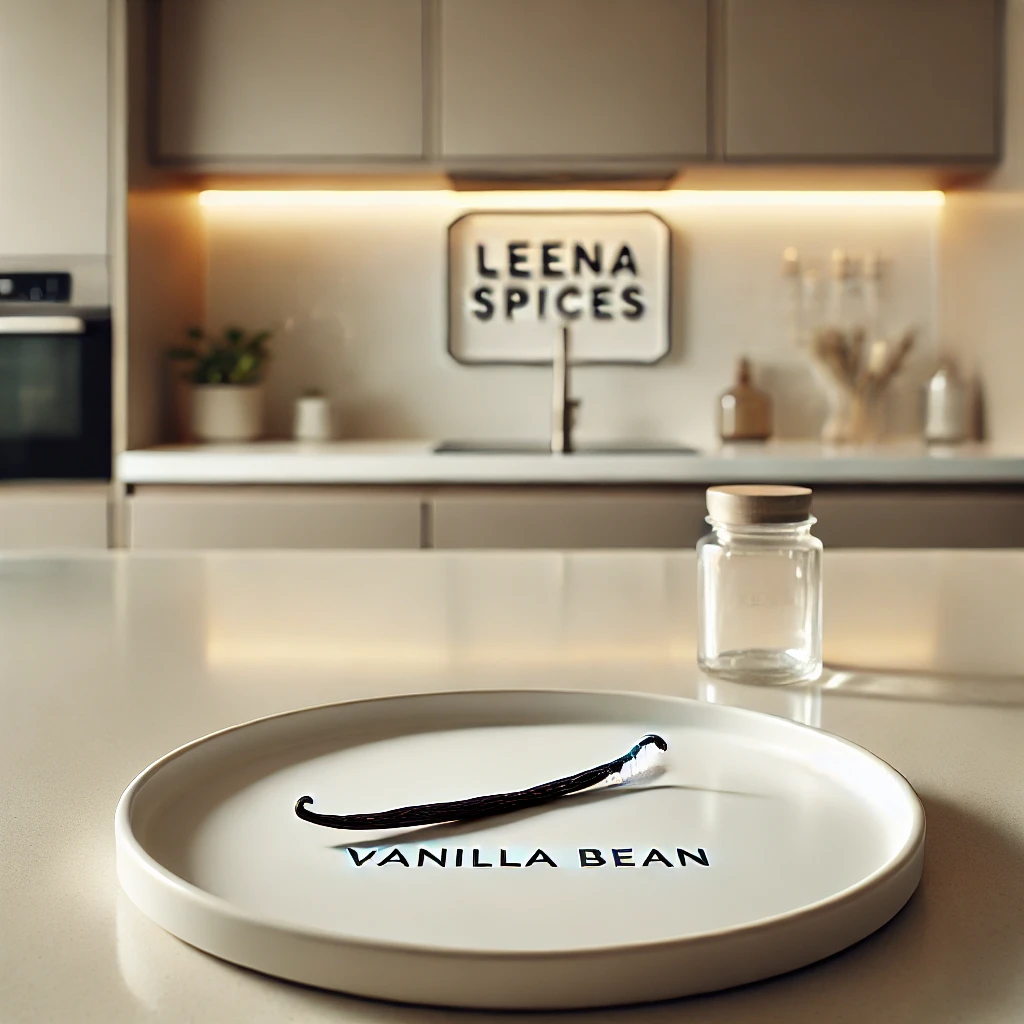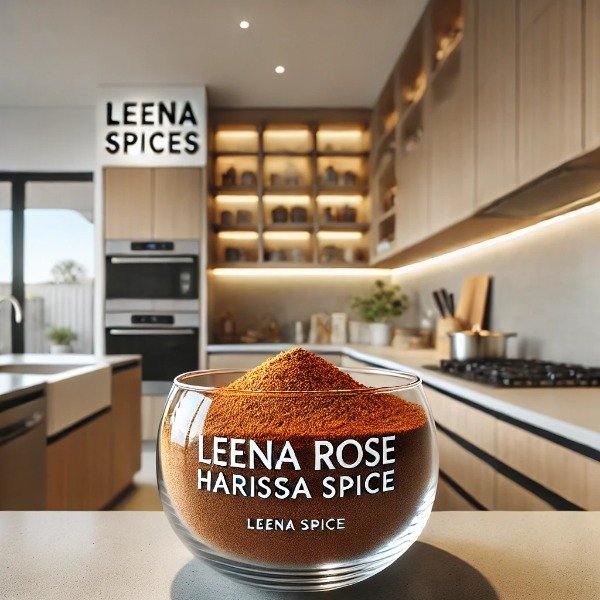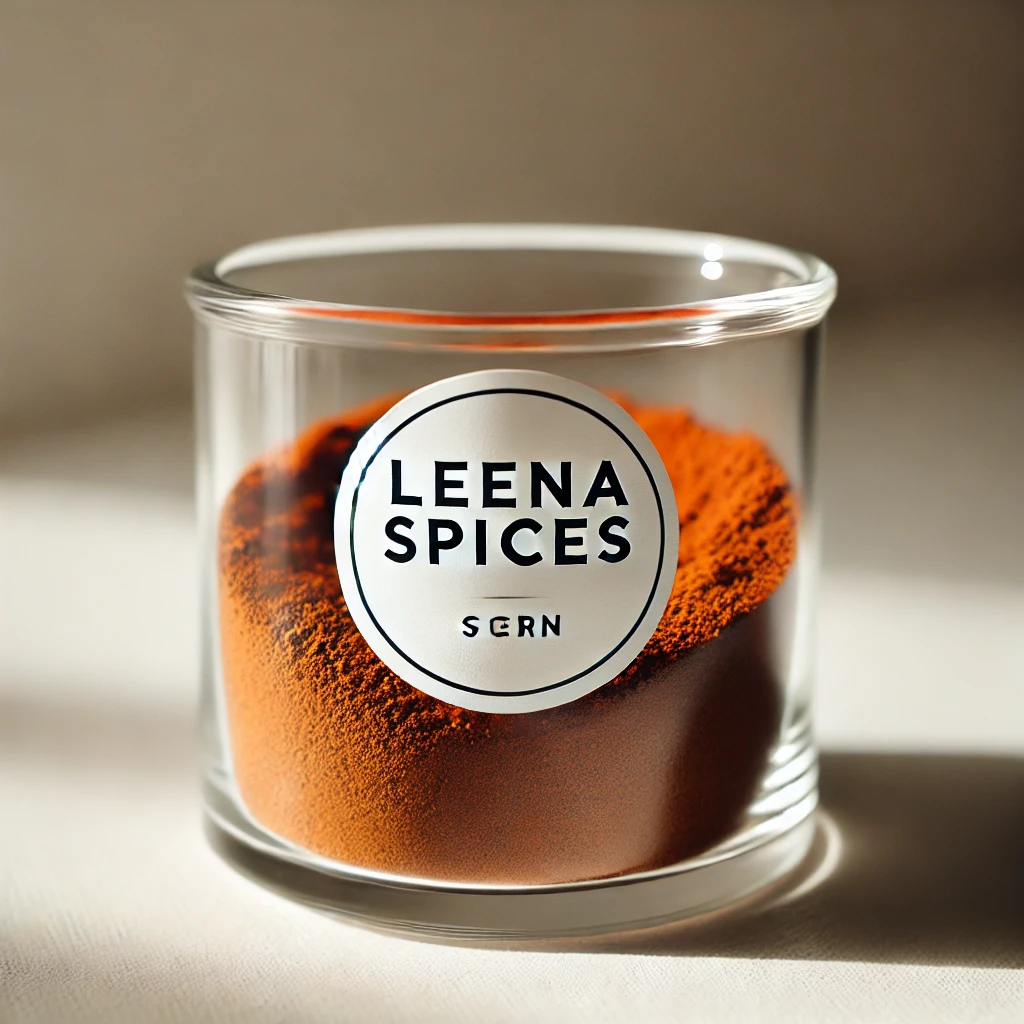5 Tips for Making Perfect Homemade Pumpkin Spice
Table of Contents
- Introduction
- Why Do We Obsess Over Pumpkin Spice?
- When Does Pumpkin Spice Season Start?
- Can I Make Pumpkin Spice at Home, and How?
- Is There Real Pumpkin in Pumpkin Spice?
- What is Pumpkin Spice Made Of?
- Why Make Pumpkin Spice at Home
- Standard Homemade Pumpkin Spice Recipe
- Adjusting the Blend for Different Uses
- Using Pumpkin Spice
- Frequently Asked Questions (FAQ) – Homemade Pumpkin Spice
- Conclusion
Introduction
Pumpkin spice is one of the most recognizable and beloved flavors of the fall season, instantly evoking the warmth of autumn desserts, spiced beverages, and cozy gatherings. Despite its name, pumpkin spice rarely contains any actual pumpkin; it is a carefully balanced blend of cinnamon, ginger, nutmeg, cloves, and allspice. Each spice contributes its own unique aroma and taste, combining to create the signature flavor that has become synonymous with autumn.
Making pumpkin spice at home is not just about convenience but it allows you to control the flavor, freshness, and quality of your blend. Store-bought mixes often contain additives, fillers, or preservatives, and their flavors can be muted over time. By creating your own blend, you ensure a fresher, more vibrant aroma, and the ability to adjust the proportions to suit your taste or specific recipes.
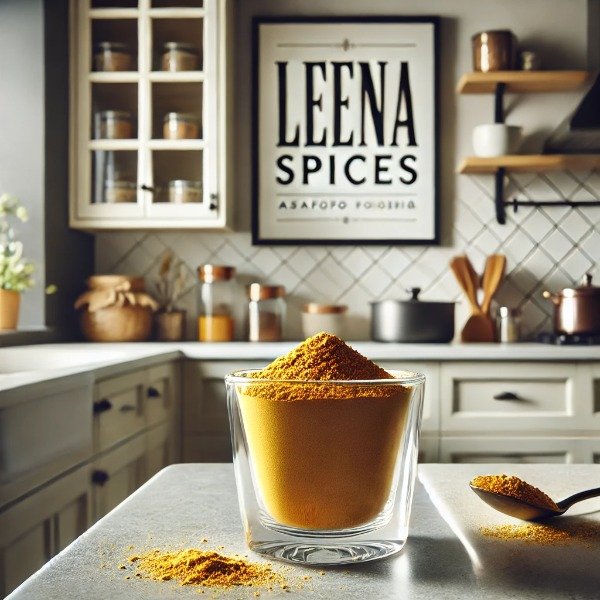
Why Do We Obsess Over Pumpkin Spice?
- Sensory Appeal – The blend of cinnamon, nutmeg, ginger, cloves, and allspice creates warm, comforting aromas and flavors. These spices trigger memories of home-baked desserts, autumn gatherings, and festive occasions, giving a sense of emotional comfort.
- Seasonal Association – Pumpkin spice signals the arrival of fall. Its appearance in lattes, baked goods, and candles creates a seasonal ritual that people look forward to each year. This timing taps into anticipation and nostalgia, reinforcing the emotional connection.
- Marketing Influence – Brands have successfully positioned pumpkin spice as a must-have seasonal product. Limited-time offerings, early launches, and themed promotions create urgency and excitement, encouraging consumers to participate in the trend.
- Cultural Phenomenon – Over the years, pumpkin spice has become a symbol of autumn in popular culture, appearing in memes, social media, and even fashion. Its ubiquity creates a shared cultural experience that strengthens its appeal.
- Psychological Comfort – Warm spices are associated with coziness and comfort, especially as the weather cools. Pumpkin spice provides sensory satisfaction that extends beyond flavor. It evokes feelings of warmth, relaxation, and seasonal enjoyment.
When Does Pumpkin Spice Season Start?
Pumpkin spice season traditionally coincides with the beginning of fall, but in recent years, it has been starting earlier each year. Many major brands and coffee chains now release pumpkin spice products as early as mid to late August, sometimes even earlier in certain markets.
Typically, pumpkin spice products are widely available from late August through November, peaking in popularity around September and October. After this period, production slows until the next season.
Can I Make Pumpkin Spice at Home, and How?
Yes, you can easily make pumpkin spice at home, and doing so has several advantages: you control the flavor, ensure freshness, avoid additives, and can adjust the blend for different recipes. Homemade pumpkin spice is simple to prepare and requires only a few common spices.
Is There Real Pumpkin in Pumpkin Spice?
No, traditional pumpkin spice does not contain any real pumpkin. The name comes from its original use in pumpkin-based desserts, like pumpkin pie, where the spice blend is added to pumpkin purée to enhance its natural sweetness and earthy flavor. Pumpkin spice is purely a combination of warm, aromatic spices, typically cinnamon, ginger, nutmeg, cloves, and allspice.
If you want the pumpkin flavor in a recipe, you need to add actual pumpkin purée or pumpkin ingredients separately; the spice blend alone will provide the characteristic autumn warmth and aroma, but not the pumpkin itself.
What is Pumpkin Spice Made of ?
Pumpkin spice is not a single spice, but a carefully balanced blend of several warm, aromatic spices. Its primary role is to provide the distinctive flavour profile associated with pumpkin pie and other autumn-themed dishes. Each component contributes a specific sensory note, and together they create a complex, layered aroma and taste.
• Cinnamon
This is the base of most pumpkin spice blends, usually making up more than half of the mixture. Cinnamon provides a sweet, woody, and slightly citrusy flavour. It adds warmth and depth that binds the other spices together. Ground cinnamon is typically used, but the quality and type (e.g., Ceylon vs. Cassia) can significantly influence the overall character of the blend.
• Ginger
Ground ginger adds a mild, zesty heat and a touch of freshness. It cuts through the sweetness of cinnamon and nutmeg, preventing the blend from tasting overly heavy. In pumpkin spice, ginger plays a balancing role, adding brightness without overpowering.
• Nutmeg
Nutmeg offers a sweet, nutty, and slightly pungent flavour. It has a natural creaminess in its aroma, which pairs well with dairy-based dishes like custards and cream sauces. A small amount goes a long way, and fresh-grated nutmeg produces a noticeably more vibrant flavour than pre-ground varieties.
• Cloves
Cloves are intensely aromatic with a warm, slightly bitter edge. They bring a sharp, spicy depth that complements the sweetness of cinnamon and nutmeg. Because of their strength, cloves are used sparingly; too much can dominate and make the blend taste medicinal.
• Allspice
Despite its name, allspice is not a mixture but a single spice made from dried berries of the Pimenta dioica It naturally combines flavour notes reminiscent of cinnamon, nutmeg, and cloves, giving the blend extra richness and complexity.
Why Make Pumpkin Spice at Home?
Making pumpkin spice at home gives you full control over quality, taste, and freshness. While pre-packaged blends are convenient, they often come with compromises in flavour, aroma, and purity. Preparing your own ensures you know exactly what is in the mix and allows you to tailor it to your needs.
1. Control Over Flavour
When you make your own blend, you can adjust the proportions of each spice to match your personal taste. For example, you might increase cinnamon for a sweeter, milder blend, add more ginger for extra warmth, or reduce cloves if you prefer a less intense profile. This flexibility ensures your spice blend works exactly the way you want in every recipe.
2. Fresher and Stronger Aroma
Spices begin to lose their potency as soon as they are ground. Store-bought blends may have been sitting on shelves for months or even years before you buy them. By grinding fresh spices and mixing them at home, you capture their essential oils and preserve their full flavour and aroma, resulting in a noticeably more vibrant taste.
3. Avoid Additives
Commercial pumpkin spice blends can contain fillers such as starch, sugar, or anti-caking agents. These do not contribute to flavour but are added for cost reduction or shelf stability. Making your own ensures the blend contains only pure spices with no unnecessary additives.
4. Cost-Effective
Buying whole or bulk spices and blending them yourself is often more economical than purchasing pre-mixed pumpkin spice. Whole spices, in particular, last longer and retain their flavour better, so you get more value over time.
5. Versatility
A homemade blend can be adapted for different uses. You can create one version for baking, another for beverages, and even a variation suited for savoury recipes like soups and roasted vegetables. This adaptability makes a single set of spices useful across a wide range of dishes.
Standard Homemade Pumpkin Spice Recipe
This blend creates a balanced, classic pumpkin spice flavour that works well in baked goods, beverages, and even some savoury dishes. The following quantities yield about 3 tablespoons of spice mix.
Ingredients:
- 3 tablespoons ground cinnamon
- 2 teaspoons ground ginger
- 2 teaspoons ground nutmeg
- 1 teaspoon ground allspice
- 1 teaspoon ground cloves
Method:
- Measure Precisely – Use level spoon measurements for accuracy, as even small changes can noticeably alter the flavour balance.
- Combine – Place all measured spices into a clean, dry mixing bowl.
- Mix Thoroughly – Stir with a whisk or spoon until the mixture has a uniform colour and texture, ensuring the spices are evenly distributed.
- Store Properly – Transfer the blend into an airtight glass jar. Keep it in a cool, dark place away from direct sunlight and heat sources to preserve flavour and aroma.
Shelf Life:
For best quality, use within 6 months. While it will remain safe to use beyond this time, the flavour will gradually fade as the essential oils in the spices dissipate.
Adjusting the Blend for Different Uses
One advantage of making pumpkin spice at home is that you can tailor it to suit specific recipes. Small adjustments to the ratios can completely change the character of the blend. Here are practical ways to adapt it:
• For Stronger Warmth
Increase the amount of ginger or cloves. Ginger adds a sharp, zesty heat, while cloves contribute deep, warming intensity. This adjustment works well for beverages, such as chai or spiced hot chocolate, where you want a more pronounced heat.
• For Sweeter Aroma
Add more cinnamon or include a small pinch of ground cardamom. Cinnamon enhances sweetness naturally without adding sugar, and cardamom introduces a floral, slightly citrus note that works beautifully in cookies, cakes, and sweet breads.
• For Savoury Dishes
Reduce the cinnamon slightly so it does not overpower the dish, and increase the proportion of allspice or nutmeg. This results in a more balanced, earthy profile suited to soups, stews, roasted vegetables, or spiced rice dishes.
Using Pumpkin Spice
Homemade pumpkin spice is versatile and can enhance both sweet and savoury dishes. The key is to use it in moderation to complement flavors without overpowering them. Here are practical ways to incorporate it:
• Baked Goods
Add 1–2 teaspoons per batch of pumpkin pie filling, muffins, cookies, or quick breads. Adjust based on the size of the recipe and your personal taste preference. The spices provide warmth, depth, and the signature autumn flavor.
• Beverages
Stir ½ to 1 teaspoon into coffee, lattes, or hot chocolate for a seasonal drink. Combine with plant-based milk for a creamy, dairy-free option. For extra aroma, top with a sprinkle of cinnamon or nutmeg.
• Roasted Vegetables
Sprinkle over roasted pumpkin, sweet potatoes, carrots, or squash before cooking. Toss with a small amount of oil to help the spices adhere and enhance caramelization.
• Dessert Toppings
Blend into whipped coconut cream or vegan cream cheese frosting. This adds a subtle, aromatic warmth to cakes, cupcakes, or tarts, elevating simple desserts to a more complex flavor profile.
Frequently Asked Questions (FAQ) – Homemade Pumpkin Spice
1. What exactly is pumpkin spice?
Pumpkin spice is a blend of warm, aromatic spices typically used in pumpkin pie and other autumn-inspired dishes. The standard mix includes cinnamon, ginger, nutmeg, cloves, and allspice. Despite its name, it usually contains no pumpkin; the term comes from its traditional use in pumpkin desserts.
2. Can I make pumpkin spice at home?
Yes. Making your own pumpkin spice is straightforward and gives you control over flavor, freshness, and quality. A standard homemade blend uses 3 tablespoons cinnamon, 2 teaspoons each of ginger and nutmeg, and 1 teaspoon each of cloves and allspice. Adjusting the ratios allows you to customize it for sweet or savory dishes.
3. Why should I make pumpkin spice at home instead of buying it?
Homemade pumpkin spice offers several advantages:
- Flavor control: Adjust proportions to suit your taste.
- Fresher aroma: Spices retain more essential oils when freshly ground.
- No additives: Store-bought mixes can include fillers or anti-caking agents.
- Cost-effective: Bulk spices are usually cheaper than pre-mixed blends.
- Versatility: Adaptable for desserts, drinks, or savory dishes.
4. How long does homemade pumpkin spice last?
For maximum flavor, use within six months. Over time, the essential oils in the spices degrade, reducing aroma and potency. Store in an airtight container in a cool, dark place to extend shelf life.
5. Can pumpkin spice be used in savory dishes?
Absolutely. While commonly associated with sweet recipes, pumpkin spice can enhance savory foods such as roasted vegetables, soups, stews, and grain dishes. For savory applications, reduce the cinnamon slightly and increase allspice or nutmeg to maintain balance.
6. How much pumpkin spice should I use in recipes?
Typical usage ranges from 1–2 teaspoons per standard recipe, such as muffins, cookies, or pie filling. For drinks, ½–1 teaspoon per cup is sufficient. Adjust based on personal taste and the size of the recipe.
7. Can I substitute individual spices if I don’t have all of them?
Yes, but it will alter the flavor. Cinnamon and ginger are essential for the warm base, while nutmeg, cloves, and allspice add depth. If you omit a spice, consider increasing another to maintain balance.
8. Can pumpkin spice be used year-round?
Yes. While most popular in the fall, pumpkin spice adds warmth and complexity to recipes any time of year. It works in baked goods, beverages, and even savory dishes beyond the traditional autumn season.
9. Is homemade pumpkin spice vegan?
Yes. All pumpkin spice ingredients are plant-based. It is naturally vegan and suitable for all dietary preferences.
10. Can I adjust pumpkin spice for stronger flavor or sweetness?
Yes. Increase ginger or cloves for more warmth, add extra cinnamon or a pinch of cardamom for a sweeter aroma, or modify ratios to suit specific recipes. Customizing the blend allows you to create a flavor profile that matches your preference.
Conclusion
Homemade pumpkin spice is more than just a seasonal flavor, it is a way to bring freshness, control, and versatility to your cooking and baking. By understanding the individual spices and their roles, you can create a blend that perfectly suits your taste and the dishes you prepare. From warming autumn drinks and baked goods to roasted vegetables and savory recipes, pumpkin spice adds depth, aroma, and a sense of seasonal comfort to every meal.
Making your own blend ensures superior flavor, avoids unnecessary additives, and allows for customization, making it a valuable addition to any kitchen. Whether you follow a classic recipe or experiment with variations, the process of crafting your own pumpkin spice elevates your culinary creations and connects you to a tradition that has become a hallmark of fall. Embrace the art of pumpkin spice, and let this simple blend transform your seasonal cooking into something memorable and flavorful.
